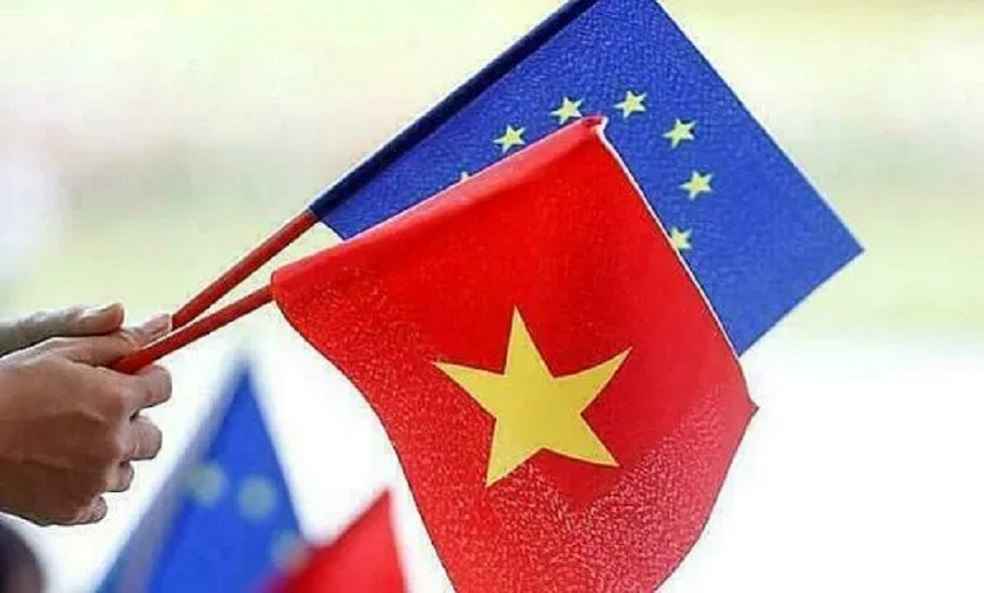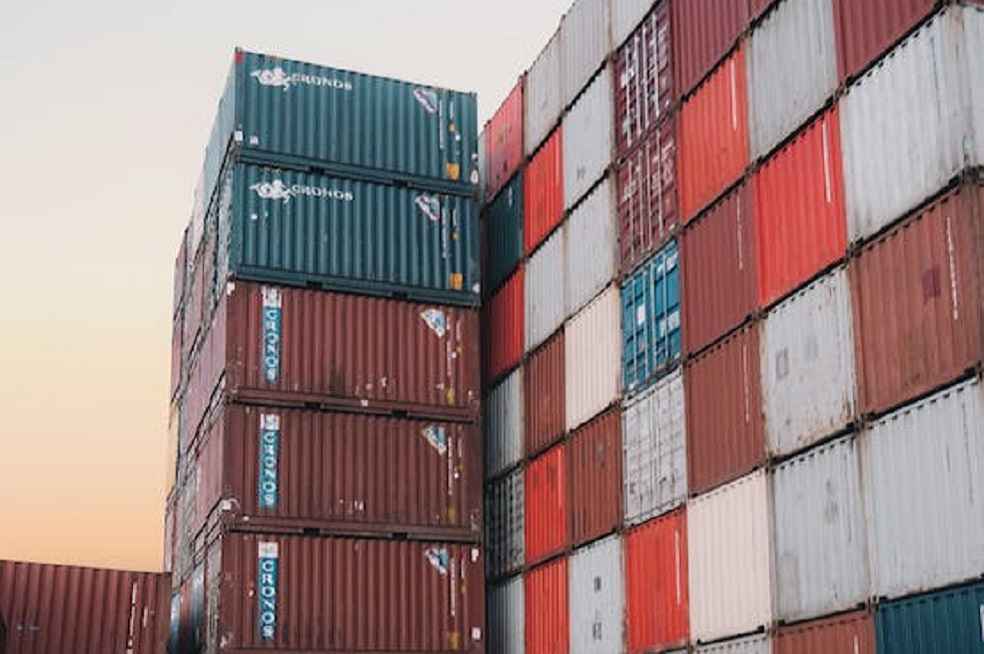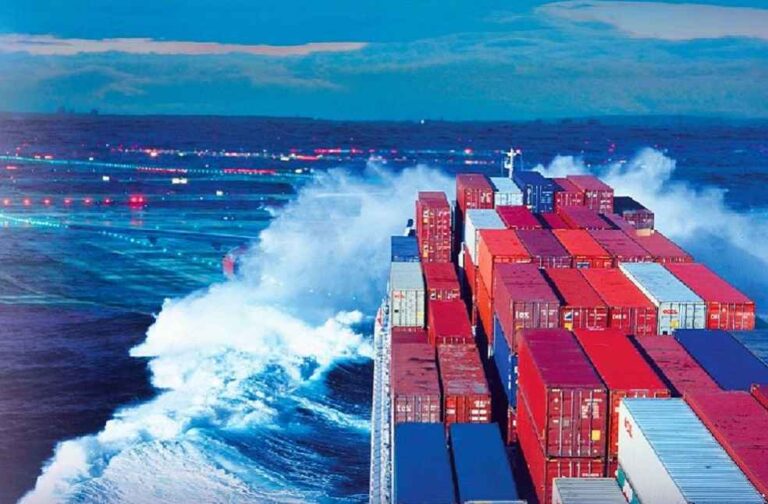Recent data from the Ministry of Industry and Trade (MoIT) showcases Vietnam’s impressive annual export growth, expanding by billions of US dollars. This boost is largely attributed to the nation’s well-strategized free trade agreements (FTAs).
The EU-Việt Nam Free Trade Agreement (EVFTA), in place for nearly three years, has significantly elevated exports to the EU. There was a remarkable growth rate of 14.2% in 2021, and the trend continued with an increase to 16.7% in 2022.
The Center for WTO and Integration, associated with the Vietnam Chamber of Commerce and Industry (VCCI), conducted research that highlights the positive impact of these FTAs. A significant 41% of Vietnamese enterprises reported clear benefits, including preferential tariffs for both imports and exports, augmented order volumes, enhanced revenue, and increased profitability.

While the potential of FTAs is evident, certain challenges can’t be overlooked. Technical standards continue to be a deterrent for Vietnamese exports navigating FTA markets. Despite this, VCCI remains optimistic about the benefits of these agreements, especially as the world anticipates an economic revival.
On the global trade front, Vietnam marked a milestone by inking a pioneering trade agreement with Israel, its first with a West Asian country. This agreement potentially paves the way for significant tariff reductions on various Vietnamese goods, with some reductions going as deep as 92%.
Yet, not all sectors have felt this growth. The anticipated surge in Vietnam’s agricultural exports to the EU hasn’t materialized as hoped. External factors, like the prolonged impact of COVID-19 and the geopolitical tension between Ukraine and Russia, have adversely affected the global economy, consequently impacting Vietnamese exports, notably marine goods, furniture, cashews, and rubber.

Recognizing the need for market diversification, several Vietnamese businesses are now setting their sights on Africa. Nguyen Ngoc Luan, CEO of the fruit coffee chain Meet More, accentuates the dual-sided impact of the current global landscape. While tax incentives have opened up new avenues, geopolitical uncertainties have constricted traditional major markets.
Interestingly, even as the EVFTA provides a significant advantage by eliminating nearly 94% of tax lines for vegetable and fruit exports, true growth in the European market remains aspirational. This market, worth a staggering 62 billion euros—equivalent to 43% of global fruit and vegetable trade—still offers untapped potential. Currently, it’s China that’s leading in terms of growth for Vietnam’s exports.
Luan simplifies the core issue: trade agreements can reduce costs, but they can’t spur consumer demand with broader economic challenges.

To address this, the MoIT suggests a holistic approach. It’s advocating for a combined effort from governmental bodies, including the State Bank of Vietnam and other agencies. By offering enterprises favorable credit terms and supporting their adaptability, Vietnam aims to cement its position in ever-evolving export markets.
IMEX SECTOR | UK’s Border Model Ensuring Biosecurity and Streamlined Global Trade



